
The 5 foods that quietly fuel diabetes — and what to avoid to help reverse it
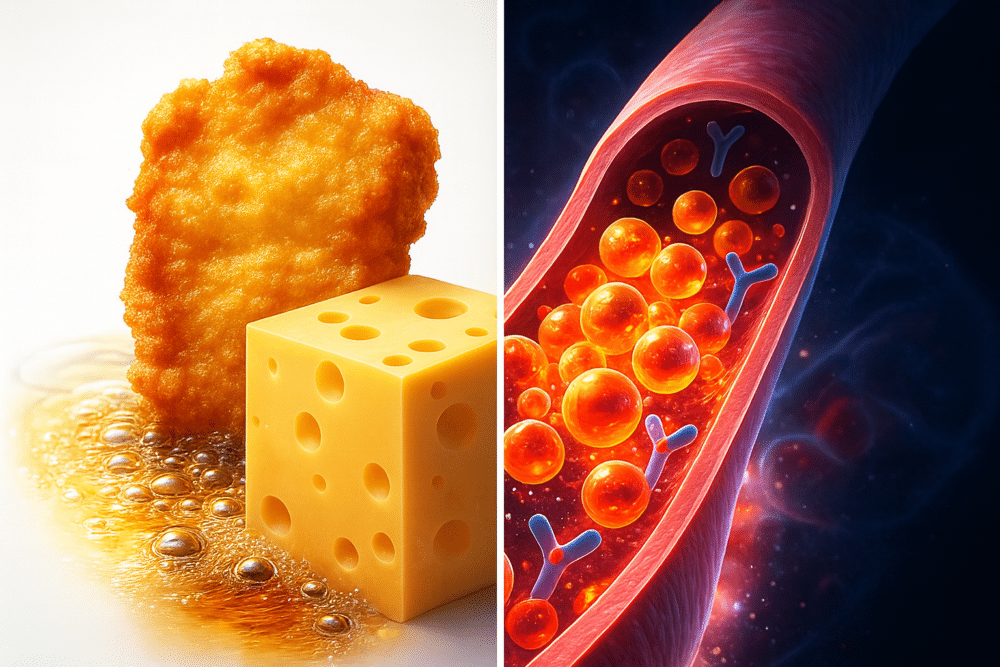
What if I told you that as many as 90% of type 2 diabetes cases could be reversed? It may sound unbelievable, but this statistic reflects a growing body of research showing that most people have far more control over their metabolic health than they realize. For millions, the path to better health doesn’t begin inside a pharmacy but in the kitchen—on their plates and in their daily food choices. The real issue isn’t doomed genetics or a lack of willpower. It’s that many everyday foods, including those marketed as “healthy” or “diabetic-friendly,” quietly drive a condition known as insulin resistance. This silent metabolic malfunction keeps blood sugar elevated and places the body under constant pressure.
Many people still believe that managing diabetes is all about reducing or counting carbohydrates. While carbohydrates certainly have an impact on blood sugar, they are not the primary driver of insulin resistance. The real problem is often excess dietary fat, especially from specific sources that accumulate inside muscle and liver cells. This fat physically blocks insulin from doing its job, causing glucose to get trapped in the bloodstream. In this article, we’ll look behind the scenes at five major food categories that disrupt blood sugar stability and make diabetes harder to manage. By understanding their effects, you’ll be empowered to make choices that support healing rather than harm.
(Based on insights from Cyrus Khambatta, PhD.)
Key Takeaways
-
The main contributor to high blood sugar in type 2 diabetes is insulin resistance, not carbohydrate consumption alone.
-
Excess fat—especially saturated and processed fats—accumulates in your muscle and liver cells, blocking insulin’s ability to move glucose inside.
-
Many foods labeled “healthy,” such as protein bars, shakes, and low-carb snacks, contain hidden fats and additives that impair glucose control.
-
Avoiding five specific food groups can dramatically improve your insulin sensitivity and help lower blood sugar naturally.
-
A diet centered on whole, plant-based foods—fruits, vegetables, legumes, and whole grains—is one of the most effective strategies for reducing medication dependence and, in many cases, reversing type 2 diabetes.
1. Fried Foods: The “Oil Spill” in Your Arteries
The crisp, golden crunch of fried chicken, french fries, or onion rings is undeniably tempting—but it comes with a heavy metabolic price. Frying submerges food in hot oil, turning it into a sponge that absorbs large amounts of fat. This doesn’t just add extra calories; it fundamentally transforms the food in a way that disrupts your cellular health.
Once in the bloodstream, these fats travel to your muscle and liver cells, creating internal congestion that prevents insulin from delivering glucose into the cells. This is the very root of insulin resistance.
High-heat frying also produces substances known as Advanced Glycation End Products (AGEs)—damaging compounds that act like “rust” inside your body. They trigger inflammation, accelerate aging, and make insulin resistance significantly worse.
Scientific evidence supports this. In the famous Nurses’ Health Study, people who consumed fried foods four to six times per week had a 39% higher risk of developing type 2 diabetes compared with those who ate them less than once weekly.
If you crave the crunchy texture, there are healthier alternatives:
-
bake potato wedges with herbs,
-
roast chickpeas until crispy,
-
or use an air fryer to mimic frying without drowning your food in oil.
2. The “Healthy” Processed Food Trap
The grocery store shelves are full of items that look like smart choices: protein bars, meal replacement shakes, low-carb frozen dinners, and high-protein snacks. But these products often belong to a deceptive “health food” trap. Their packaging may claim they’re nutritious, but most are highly processed, stripped of fiber, and loaded with artificial ingredients your body struggles to process.
Whole foods like apples, lentils, or oats contain natural fiber, water, and nutrients that slow digestion and lead to a steady release of glucose. In contrast, processed foods typically contain:
-
refined protein isolates,
-
hidden oils,
-
sugar alcohols,
-
flavor enhancers,
-
and a long list of chemical stabilizers.
Research consistently shows that diets rich in processed foods—especially processed foods high in fat—impair both fasting blood sugar and insulin sensitivity. Your body was built to recognize real food, not laboratory-engineered formulations.
A simple rule of thumb:
If the ingredient list is long, unpronounceable, or synthetic-sounding, it’s probably not supporting your metabolic health.
3. High-Fat Foods: Unmasking the Biggest Myth in Diabetes Nutrition
For years, many people with diabetes were told to “cut the carbs” and increase their intake of fats and proteins. This advice led to widespread consumption of oils, fatty meats, butter, cheese, and creamy sauces—foods believed to be harmless because they don’t immediately spike blood sugar. But this is one of the most damaging nutrition myths for people with diabetes.
The central issue in type 2 diabetes is not high blood sugar itself; it is insulin resistance. And insulin resistance is driven primarily by lipid buildup inside cells—a process called lipotoxicity.
Imagine your muscle cell is a room.
-
Glucose is a person trying to enter.
-
Insulin is the key that unlocks the door.
When you eat too much fat, you fill that room with clutter. Insulin arrives with the key, but the door is blocked. Glucose ends up stuck in the hallway—the bloodstream—leading to chronically high blood sugar.
Studies show that lowering fat intake—especially saturated fat—to below 15% of daily calories can dramatically improve insulin sensitivity in a matter of weeks. This dietary shift unlocks an entire world of satisfying, nutrient-rich foods: lentil stews, quinoa salads, roasted vegetables, fruit bowls, whole-grain pasta dishes, and hearty bean soups.
4. Cheese: The Addictive Habit That Blocks Fat Burning
Many people joke that they “can’t live without cheese,” but there’s biochemical truth behind that craving. Cheese is a triple threat for anyone working to improve insulin sensitivity:
-
It is extremely high in saturated fat, with even a small slice containing nearly 9 grams. This inflow of saturated fat directly contributes to lipotoxicity.
-
It is loaded with sodium, raising blood pressure and increasing the risk of heart disease—conditions that often accompany diabetes.
-
It contains casomorphins, protein fragments derived from casein that attach to opioid receptors in the brain. These compounds create a rewarding, mildly addictive sensation that encourages overconsumption.
While occasional cheese may seem harmless, its unique combination of fat, salt, and addictive compounds makes it one of the most problematic foods for metabolic health. A great alternative is nutritional yeast, a flavorful, plant-based seasoning with a naturally cheesy taste and a high B-vitamin content.
5. Red and Processed Meats: The Protein That Ages You from the Inside Out
Foods like steak, bacon, sausage, and hamburgers are often seen as symbols of strength and the foundation of high-protein diets. But metabolically, they can act like an accelerator pedal for aging and insulin resistance.
Red and processed meats contain two major components that disrupt metabolic health:
-
Saturated fat, which clogs your cells and blocks insulin, and
-
Heme iron, a form of iron absorbed so efficiently that your body can’t regulate it well.
Excess heme iron acts like a spark that ignites free radicals—highly reactive molecules that create oxidative stress, damage cells, and worsen insulin resistance. In contrast, plant-based iron sources (non-heme iron) are absorbed gradually, allowing your body to take only what it needs.
Large epidemiological studies consistently show that people who eat more red and processed meat have a significantly higher risk of developing type 2 diabetes.
Replacing meat with plant proteins—like lentils, black beans, chickpeas, tofu, green peas, and edamame—can improve blood sugar control, reduce inflammation, and lighten the load on your cardiovascular system.
Conclusion
Type 2 diabetes isn’t a mysterious or inevitable condition. In most cases, it’s a predictable metabolic response to the foods we eat every day—and that means it can be improved or even reversed. By eliminating the five most harmful food groups—fried foods, processed “health” items, high-fat foods, cheese, and red or processed meats—you begin clearing out the excess fat that blocks insulin from working properly.
As your cells regain their sensitivity to insulin, your body can return to its natural state of balance. Blood sugar stabilizes. Energy increases. Medications may decrease. Healing begins.
The solution is refreshingly simple: fill your plate with vibrant, whole, unprocessed plant foods. Fruits, vegetables, legumes, and whole grains provide the nutrients, fiber, and antioxidants your metabolism needs to thrive.
You now have the knowledge—and the power—to reshape your health using the most accessible tool of all: food.
News in the same category


A Powerful Mixture for Cleansing Your Liver (2 Ingredients)

Studies Link Soda To Depression, Kidney Damage, Heart Attacks And Brain Damage
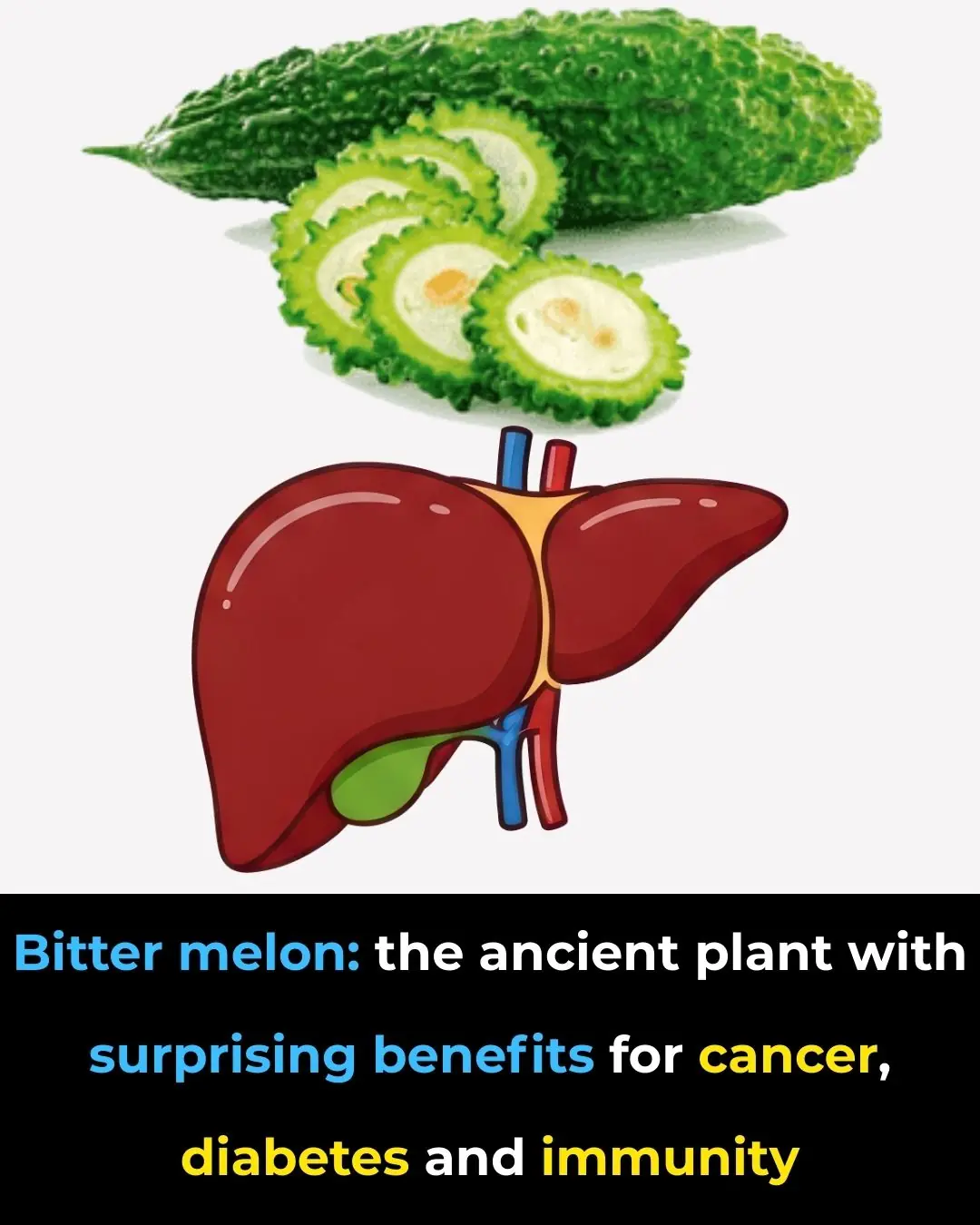
The Plant That Kills Cancer Cells, Stops Diabetes And Boosts Your Immune System!

7 powerful vitamins you need for strong, healthy legs

10 signs you’re eating too much sugar
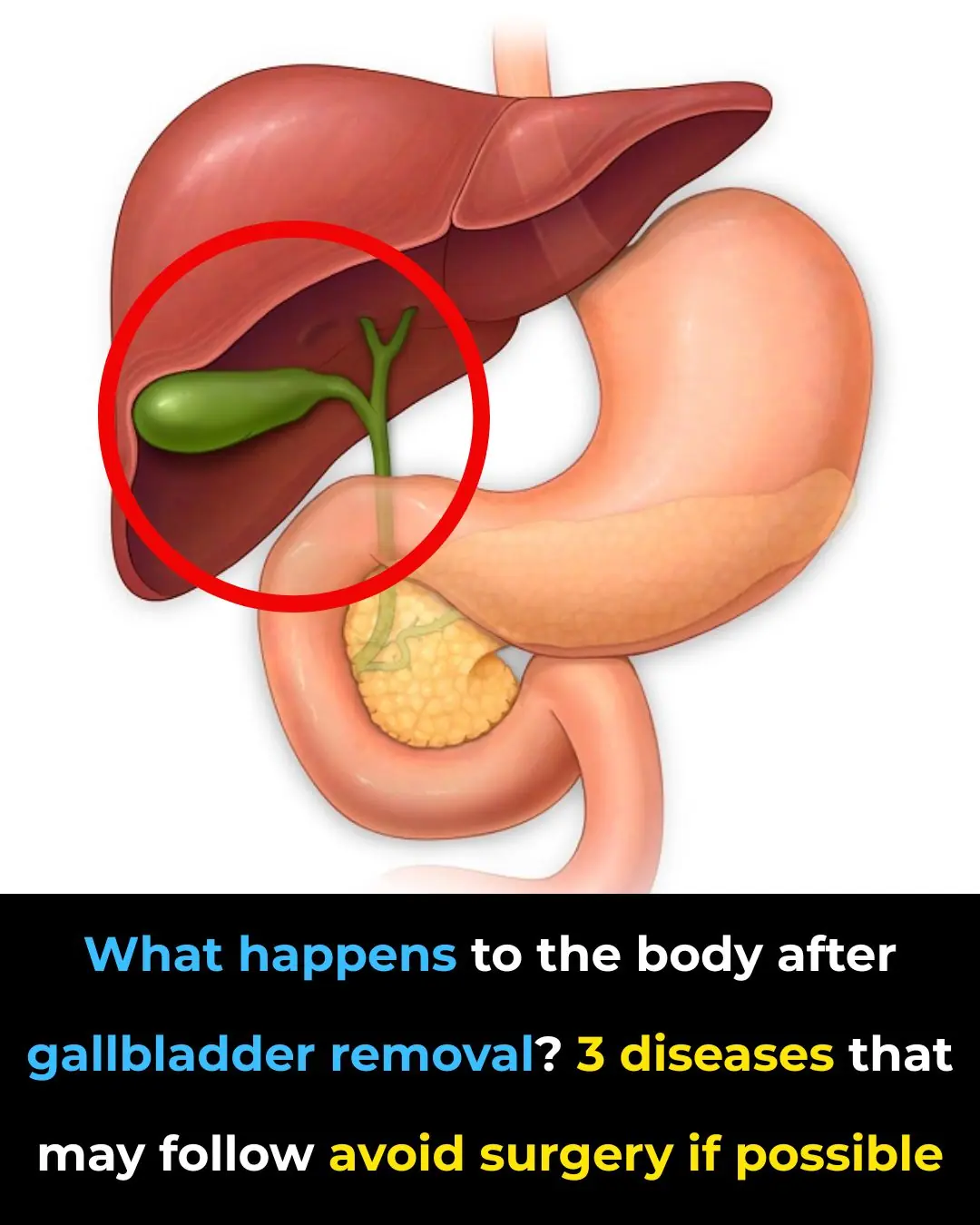
Gallbladder removal: what happens next and 3 risks to watch for

10 Warning Signs Your Kidneys May Be in Danger
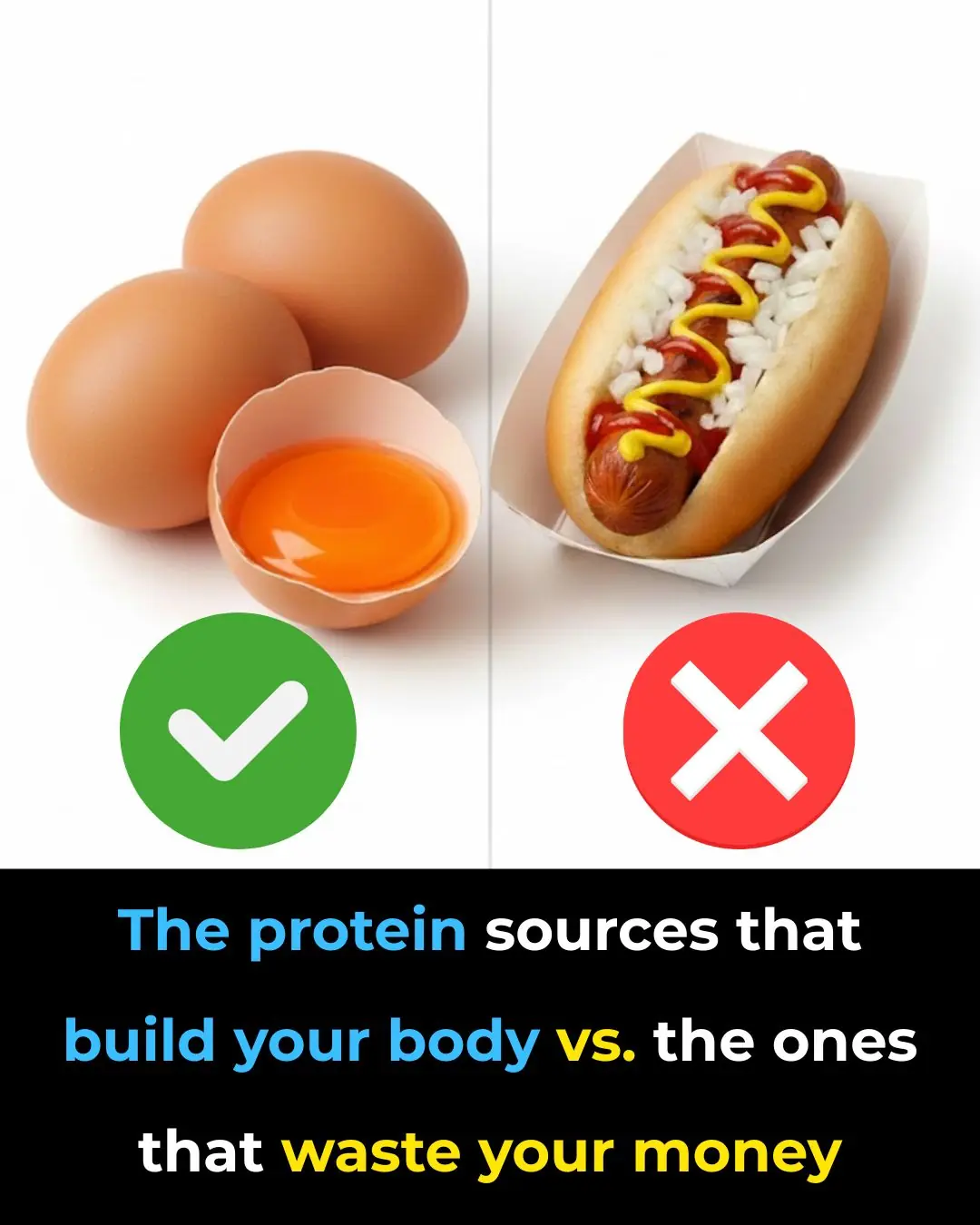
The protein sources that build your body vs. the ones that waste your money
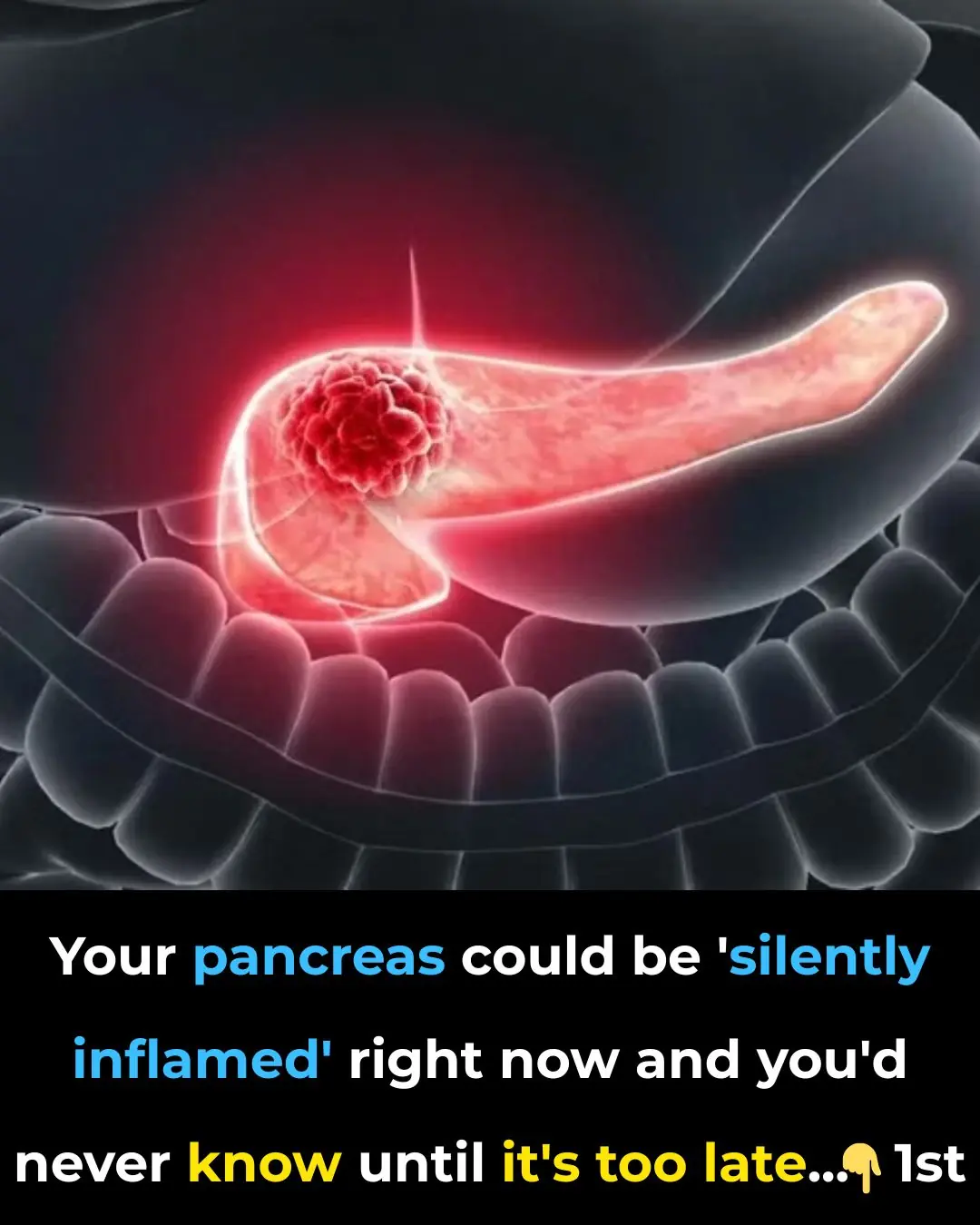
Your pancreas could be ‘silently inflamed’ right now and you’d never know until it’s too late
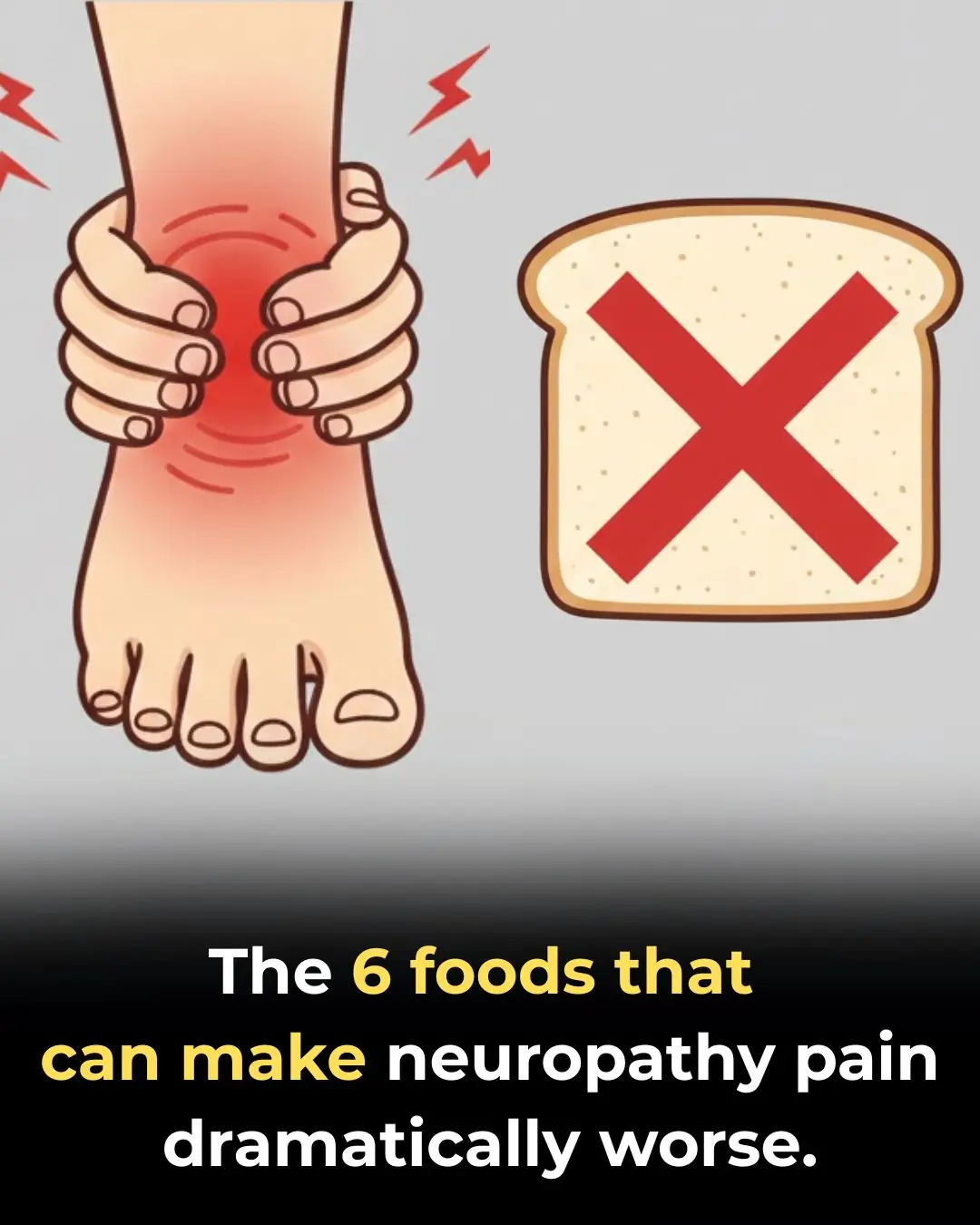
6 Trigger Foods That Cause Agonizing Pain If You Have Neuropathy

The 5 foods that quietly fuel diabetes — and what to avoid to help reverse it

What if you ate 4 eggs a day with the yolks for 30 days

The Plant That Kills Cancer Cells, Stops Diabetes And Boosts Your Immune System!

The Ultimate DIY Clove Skincare Routine

Foods That Are Beneficial For Strengthening Muscles In Old Age

Why Staying Up Past Midnight Can Harm Your Brain
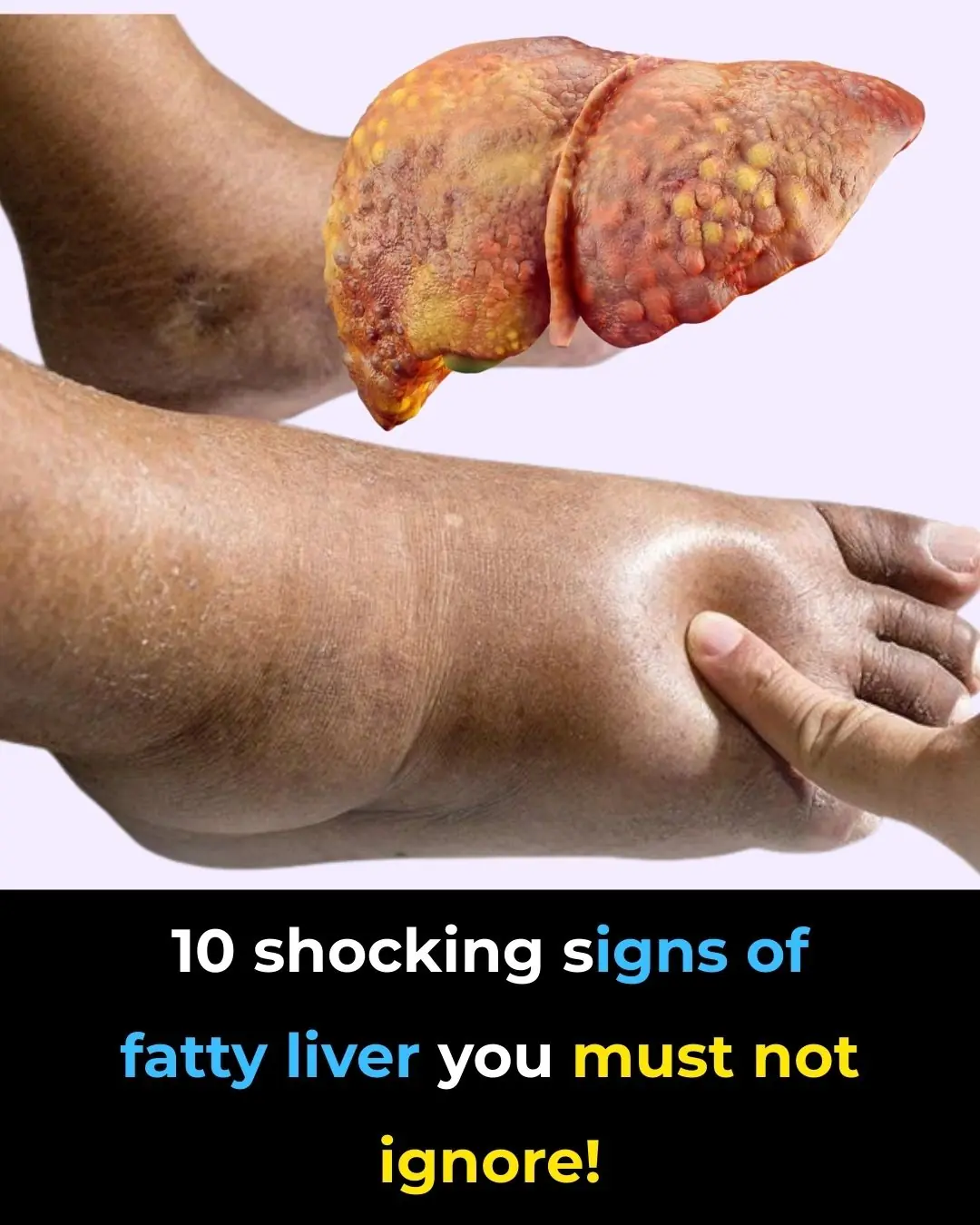
10 shocking signs of fatty liver you must not ignore!

The simple, natural method to relieve constipation and gas fast (no laxatives needed)
News Post

Turning Gold Into Sight: A Revolutionary Nanotherapy That Could Help Restore Vision

The Extraordinary Survival Story of Bahia Bakari: The Sole Survivor of Yemenia Flight 626

First Person Cured of Type 1 Diabetes Using Stem Cell Therapy: A Groundbreaking Medical Achievement

Gray Hair: A Natural Defense Against Cancer, New Study Suggests

The Best Tea to Start Your Morning and After Dinner: A Powerful Blend for Wellness

Why Placing Borax on Wax Paper Under Your Fridge Works: A Full Guide

Young Student's Determination to Support His Education Inspires Viral Act of Kindness

Lavender Oil and Baking Soda: A Natural DIY Air Freshener Backed by Science (Full SEO Article)

MIT Scientists Develop Injectable Gel to Regenerate Damaged Nerves and Restore Sensation

How Attention Shapes Reality: The Neuroscience Behind Focus and Perception

From Fear to Trust: A Dog's Journey of Healing and Love

Cleaning the TV with tissue paper or plain water is a mistake. Use this to clean the dust and not scratch the screen
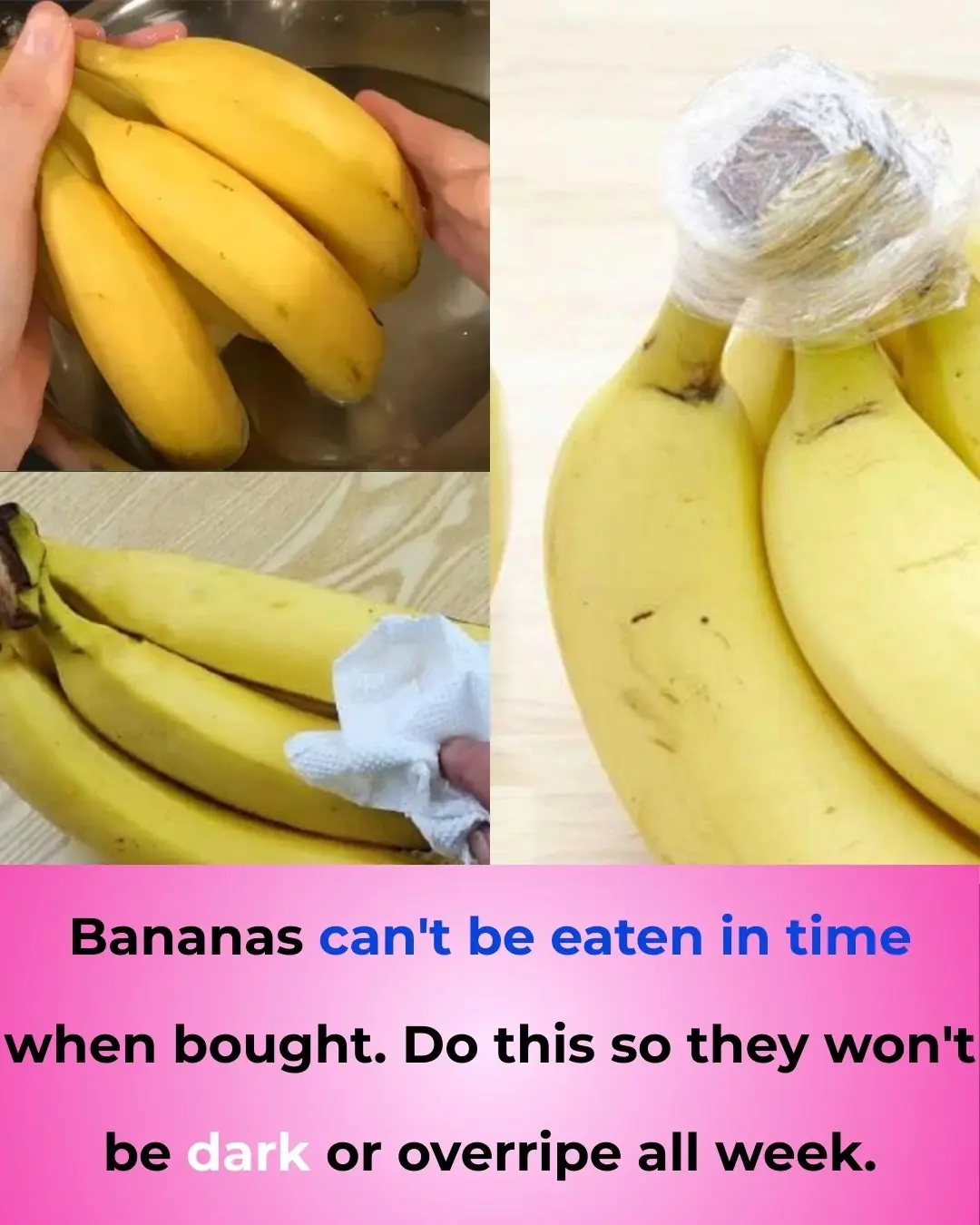
Bananas can't be eaten in time when bought. Do this so they won't be dark or overripe all week

A Powerful Mixture for Cleansing Your Liver (2 Ingredients)

Studies Link Soda To Depression, Kidney Damage, Heart Attacks And Brain Damage

The Plant That Kills Cancer Cells, Stops Diabetes And Boosts Your Immune System!

Frequent Daytime Naps Linked to Larger Brain Volume and Healthier Aging

7 powerful vitamins you need for strong, healthy legs

Study Reveals: Parents of Sons Experience Sharper Cognitive Aging
